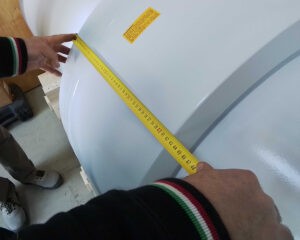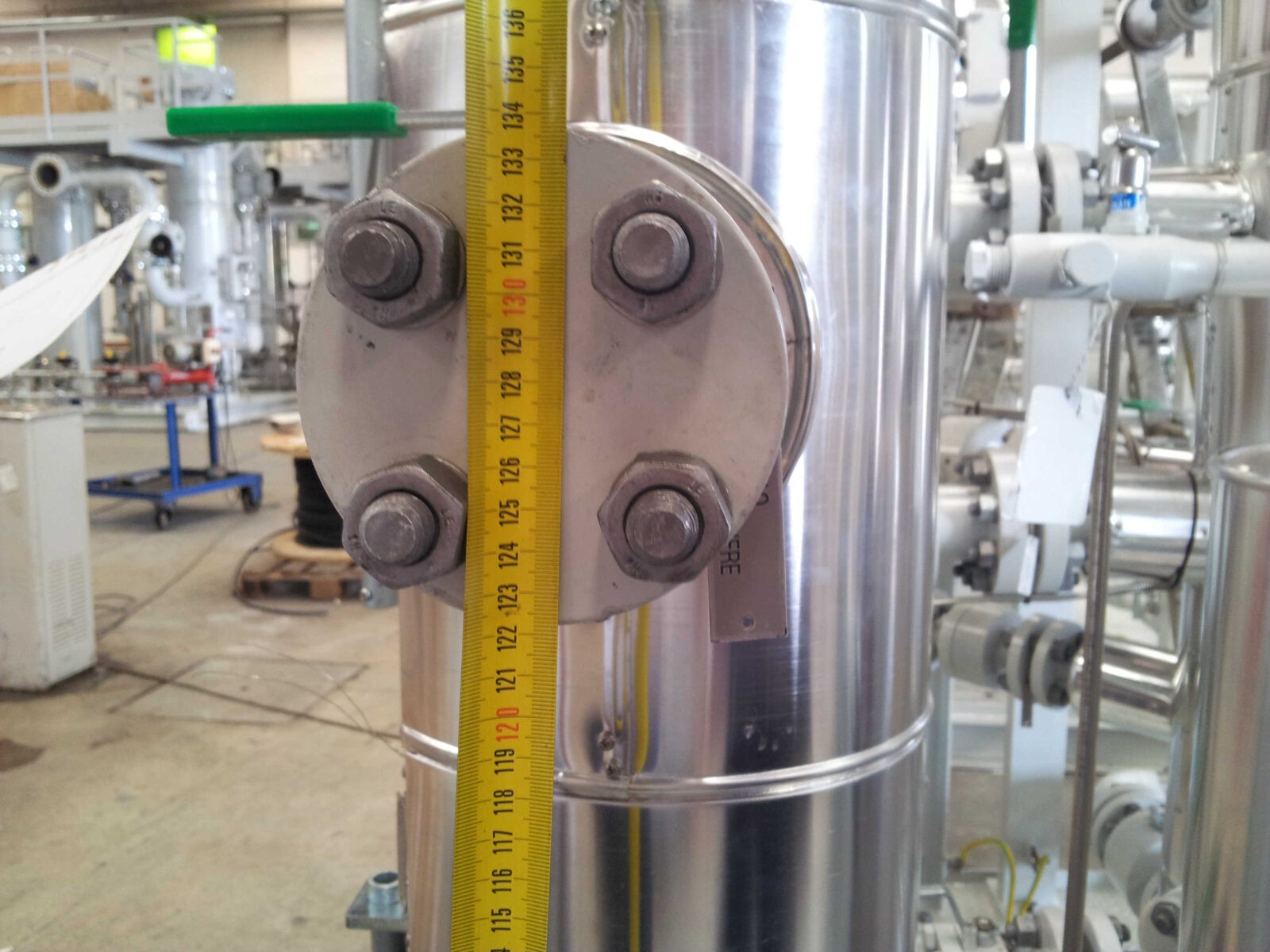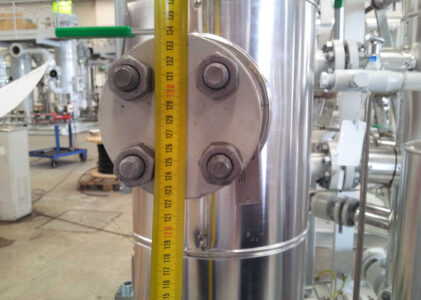Introduction
 Visual and dimensional inspections are critical processes in the quality control of manufacturing and construction projects. They ensure that components and assemblies meet their design specifications and comply with stringent industry standards. This guide will walk you through the essential steps of conducting an effective visual and dimensional inspection.
Visual and dimensional inspections are critical processes in the quality control of manufacturing and construction projects. They ensure that components and assemblies meet their design specifications and comply with stringent industry standards. This guide will walk you through the essential steps of conducting an effective visual and dimensional inspection.
What is a Visual and Dimensional Inspection?
Understanding the Basics: A visual and dimensional inspection involves a thorough check of the physical appearance and measurements of an item to ensure it matches the design specifications. Inspectors look for any defects such as surface imperfections, misalignments, and dimensional inaccuracies that could affect the item’s function or integrity.
Step 1: Preparation
Gather Necessary Documents and Tools:
- Inspection plans
- Design drawings
- Specifications
- Measuring tools (calipers, micrometers, rulers, etc.)
Prepare the Item and Inspection Area: Ensure the item is clean and accessible. The inspection area should be well-lit to facilitate accurate observation and measurement.
Step 2: Conducting the Visual Inspection
Check for Visual Defects:
- Surface condition (scratches, dents, corrosion)
- Coating and finishing quality
- Alignment and assembly integrity
Record Findings: Document any defects or deviations from specifications. Take photographs if necessary to support your findings.
Step 3: Performing Dimensional Inspection
Measure Key Features: Use appropriate measuring tools to check dimensions such as length, width, height, and diameter. Compare these measurements against the design specifications.
Verify Tolerances: Ensure that all measured dimensions fall within the tolerance limits set by the design. Tolerances indicate the allowable deviation from the specified dimension and are crucial for the component’s functionality.
Step 4: Reporting and Follow-Up
Compile Inspection Results: Create a detailed report that includes all findings, measurements, and any deviations from the specifications. Include recommendations for correcting any non-conformities.
Discuss the Results with Relevant Teams: Communicate the inspection results to the design, manufacturing, and quality assurance teams. Collaborative discussion can help address the root causes of any issues and improve future production processes.
Conclusion
Visual and dimensional inspections are vital to maintaining high standards in product quality and safety. By meticulously following these steps, inspectors can ensure that products are built to specification and are fit for their intended purpose.
Contact Us
For more information on professional inspection services or to consult with a qualified inspector, contact SMART Consulting and Inspection today. Ensure your products meet all quality and safety standards with our expert guidance.



Pingback: Essential Guide to NDT Techniques & ISO 9712 Standards -